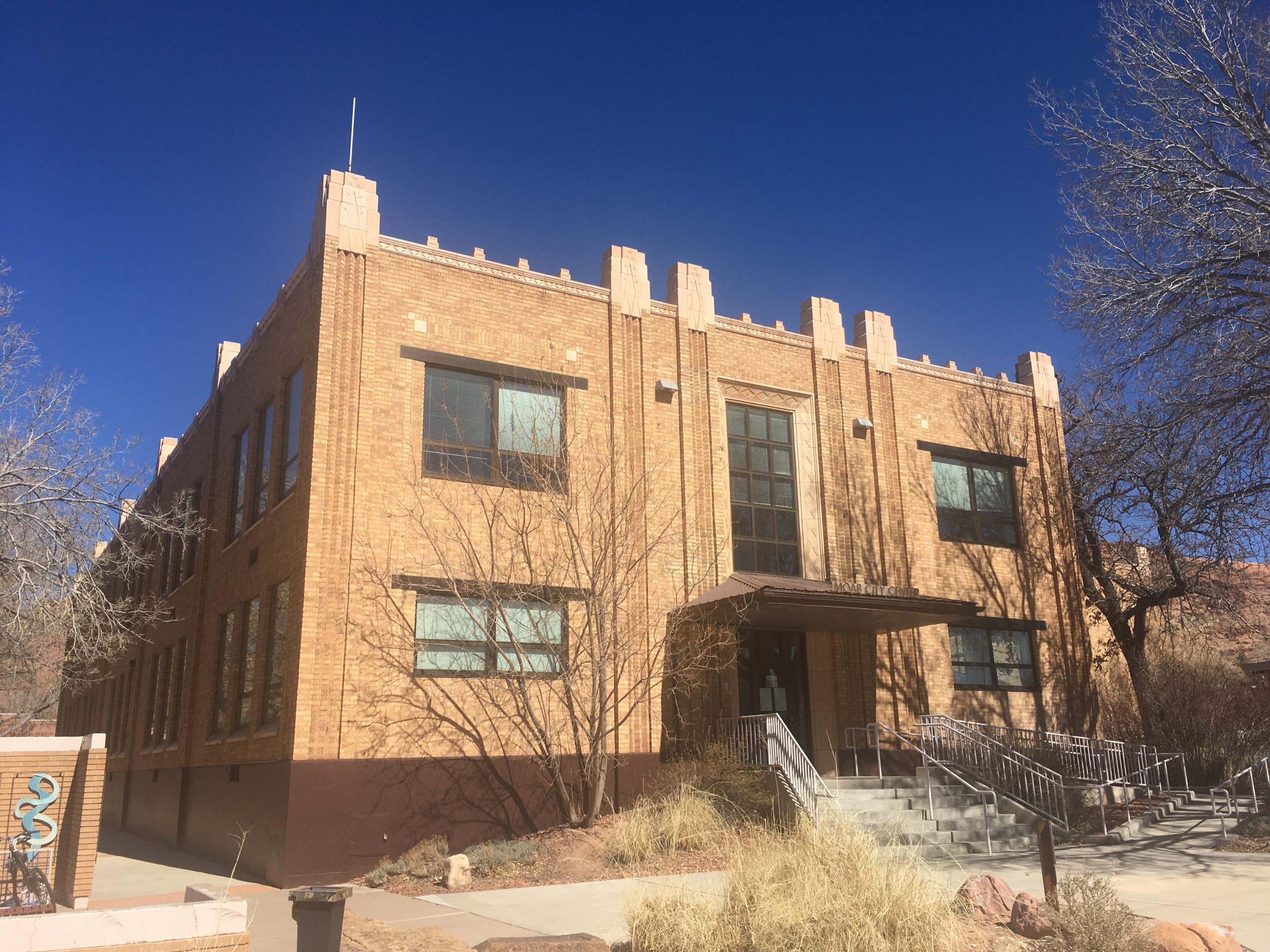Some information may be outdated.
To create more workforce housing—something desperately needed in Moab—the city has been developing an ordinance that would require new developments in the R3 and R4 zones to set aside 33% of its units for members of the local workforce.
During a special meeting on August 3, the city council passed the ordinance unanimously.
“As we’re all well aware, there is an ongoing housing crisis in Moab,” said Councilmember Kalen Jones. The city and county have pursued housing solutions for a while, he said, and still, “the crisis persists”—he believes this ordinance is a reasonable compromise between the city’s needs and the wants of developers.
“There is no silver bullet,” Jones said. “And what this means is we have to use every arrow in our quiver, and then some, and hope that in 30, 50, or 100 years, Moab still has the vibrant and diverse community of residents that make it what it is, and isn’t streets of dark houses like so many other similar communities that had their real estate converted from homes into investment vehicles.”
The ordinance, in addition to restricting 33% of units for workforce housing, includes other incentives for developers: it increases the allowed building height, decreases the parking space requirement, and waives a percentage of the planning and building fees. It also includes a 120-day deed restriction foreclosure clause—if the developer can’t find anyone within the “active employment” parameters to fill the unit, the unit is released from the requirement—and a 50-year sunset clause—the unit is released from the requirement after 50 years.
There has been significant legal pushback from various realtor and homebuilder associations, which argued the ordinance would impact property rights. The city has had ongoing conversations with all groups; on August 2, Mayor Joette Langianese said staff met again with the Utah Property Rights Coalition and Utah Homebuilders Association to talk about updates to the ordinance. She did not go into further detail.
Before the vote, the council opened up the meeting to comments.
Randy Day, president of the Utah Association of Realtors, said he appreciated what the city was trying to do, but said also that he still wasn’t completely on board with the ordinance. He doesn’t believe developments will be “justly compensated,” from the city, he said, even with the new clauses, but he added that he’d like to see how the ordinance could be tweaked and adjusted once it’s implemented.
Laura Harris, the chair of the Moab Area Housing Taskforce, said the taskforce is “extremely excited” about and fully supports the ordinance. Kaitlin Myers, executive director of the Moab Area Community Land Trust and member of the housing taskforce, also expressed support of the ordinance.
Councilmember Tawny Knuteson-Boyd said she’s been thinking about the ordinance constantly for months, and she would’ve liked to have seen the percentage for workforce housing be higher—the city once discussed 42.5%—but, she said, she appreciates the work the city has put into the ordinance.
“It is not going to fix everything,” she said. “But if we are able to get new families into stable and secure housing that they can afford, we will have accomplished our purpose with this ordinance.”
Councilmembers Luke Wojciechowski and Jason Taylor also both expressed their support and appreciation for the ordinance. Taylor said he’s disappointed watching Moab locals move away simply because they can’t afford to live in their homes anymore.
“This is giving people who live here a chance to be in the fight, to play the game that everybody else is playing, to let them have a couple of cards in this card game of life,” Taylor said, adding that he’d like to see both the city and developers work harder to create more housing.
“This isn’t a land grab—this isn’t ‘crush the greed’,” he said. “This is about supporting Moab and supporting Moab locals. And I hope we can all get behind that.”
The motion to approve the ordinance passed 4-0; Councilmember Rani Derasary was not present at the meeting.
Appreciate the coverage? Help keep local news alive.
Chip in to support the Moab Sun News.





